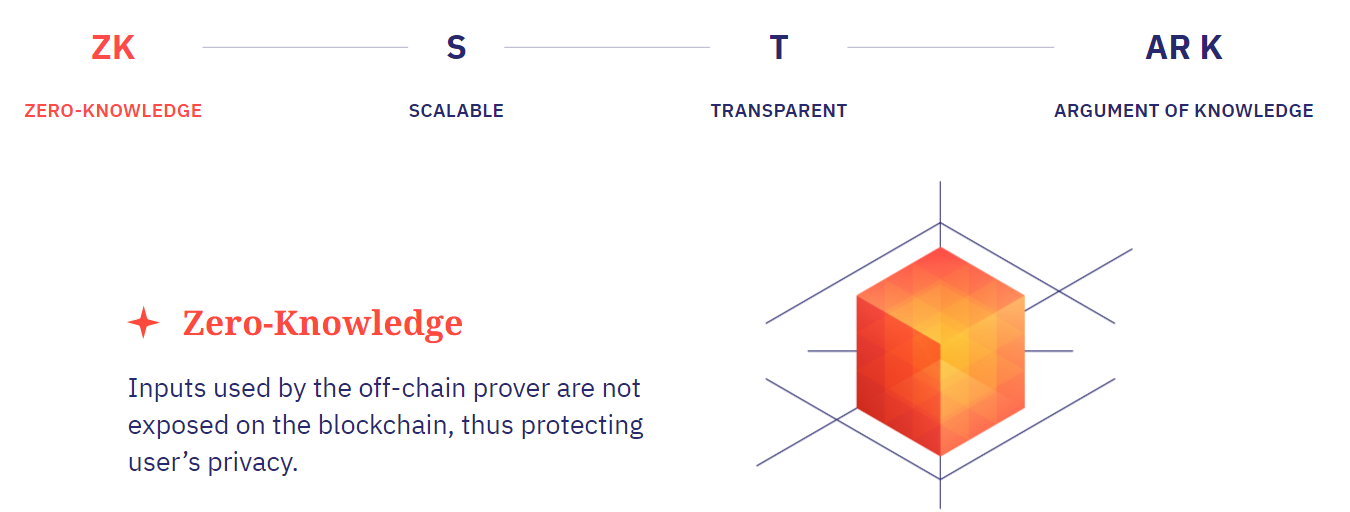News
StarkWare Overview: The Long-Term Winner of the L2 Wars?
Summary: Over the past few months, one of the hottest narratives in the blockchain space has been Layer 2s and Ethereum scalability. Optimism and Arbitrum’s airdrops attracted a lot of attention and helped them soar to billions of dollars in total value locked, while ZkSync’s recent release has many speculating that it will be the next ...
Over the past few months, one of the hottest narratives in the blockchain space has been Layer 2s and Ethereum scalability. Optimism and Arbitrum’s airdrops attracted a lot of attention and helped them soar to billions of dollars in total value locked, while ZkSync’s recent release has many speculating that it will be the next protocol to explode. One scalability company that has been flying under the radar is StarkWare - yet their innovative technology and clear vision could make them the rollup of choice for most Web3 users.
In the 2020-2021 bull market, Ethereum’s scalability issues were crippling - simple transactions cost upwards of $25 in fees, and more complex DeFi actions were routinely in the hundreds of dollars. To counter this issue, the Layer 2 rollup was brought to life. Layer 2s take the expensive transaction computation, move it off the chain, and use mainnet Ethereum to store batches of compressed transaction data. There are two different ways that rollups publish data, leading to two different types of models: optimistic rollups and zero knowledge rollups. Optimistic rollups, like Arbitrum and Optimism, assume that transactions executed off-chain are valid and give anyone who disagrees a 7-day window to contest their authenticity before they are finalized on-chain. These rollups make up the majority of the current market share because they were first-to-market and are simpler to develop. The other option, zero knowledge rollups, use advanced cryptography to prove the validity of executed transactions on-chain mathematically. ZkSync, Linea, soon-to-be Polygon, and StarkNet are using this technology.

StarkWare, founded in 2018, has focused on scaling Ethereum through its revolutionary invention: the ZK-STARK proof system. Without getting too heavy into the math, the STARK allows for fast verification of computations while preserving privacy. In practice, this means that the computation of blockchain transactions can be done off-chain and the proof of computation can be published and subsequently verified quickly and easily on-chain. Additionally, ZK-STARKs are quantum-resistant, meaning that their encryption cannot be broken by quantum computers, which is not true for many cryptographic schemes currently used by blockchains. ZkSync and other L2s use ZK-SNARKs, which are less computationally intensive but are not as scalable or transparent. STARKs also require smart contracts to be written in Cairo, a new language specifically designed for this purpose. Some argue that relying on Cairo hurts StarkNet since it does not have Ethereum Virtual Machine compatibility, yet others are excited about the prospect of a new environment being built from scratch on Ethereum.

StarkWare’s first product was the StarkEx scalability engine, which empowers popular applications like decentralized exchange dYdX, NFT marketplace Immutable, and fantasy football game Sorare to have their application-specific chain. Since its release in 2020, it has amassed $1 trillion in trading volume, over $500 million in total value locked, and 469 million transactions. Their other product, StarkNet, is a general-purpose Layer 2 like Optimism, Arbitrum, and ZkSync. One of its unique features, along with using the Cairo language, is native account abstraction, which makes every wallet as flexible as a smart contract. It enables account recovery, payment abstraction, and a better overall user experience.

One of StarkNet’s most interesting features is its plans to adopt various data availability solutions. Right now, 95% of the cost of a StarkNet transaction comes from storing the transaction data on Ethereum, with computation only accounting for 5%. However, not all transactions may need the guarantees that Ethereum provides and could settle for less security in exchange for cheaper fees. StarkNet proposes the creation of a Data Availability Committee, which would store transaction data and provide it to users on an as-needed basis. This is called a validium. Giving users the option between on-chain and with the Data Availability Committee is called a volition and provides high flexibility in transaction fees and security. Once brought to StarkNet, the volition model could dominate the L2 landscape with significantly lower fees. If a user was doing something of low importance, like playing an on-chain game, they could send the data to the DAC; if they are doing something critical, like sending a high-value NFT, they could store the data on-chain.
StarkWare’s innovative technology and commitment to composability and modularity make it an appealing choice for Web3 users. Though ecosystem development may be slower than other L2s because of the Cairo language requirement, it may catch up over the coming years and create a flourishing ecosystem. This, along with the possibility of an airdrop, make StarkNet a compelling L2 to try out.
By Lincoln Murr
Tags: Arbitrum,Ethereum,Optimism,Rollup,StarkNet,Starkware,Zero knowledge,ZkSync
Link: StarkWare Overview: The Long-Term Winner of the L2 Wars? [Copy]